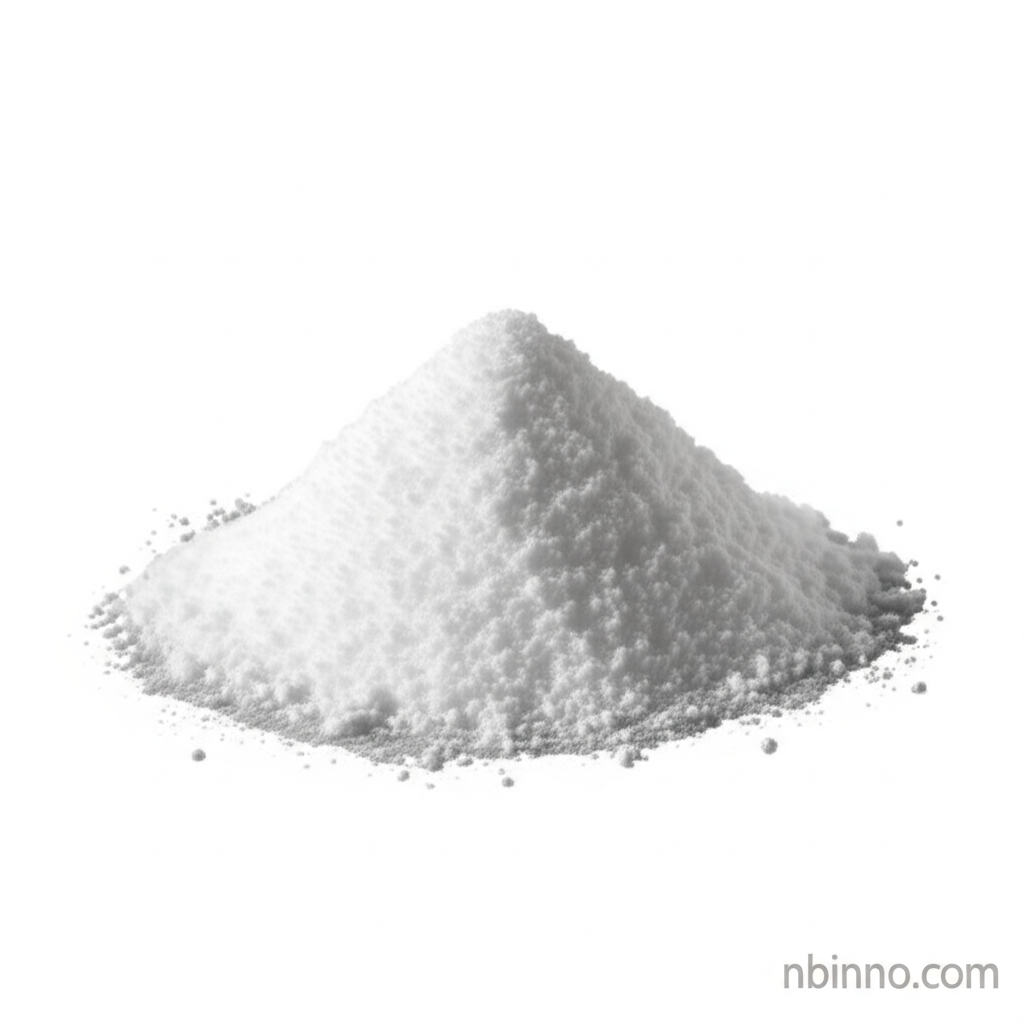Ethylenediaminetetraacetic Acid: Essential for Advanced Photoresist Applications
Discover the critical role of Ethylenediaminetetraacetic Acid in modern electronic and photoresist chemical processes.
Get a Quote & SampleProduct Core Value

Ethylenediaminetetraacetic Acid
Ethylenediaminetetraacetic acid, identified by CAS 60-00-4, is a vital chemical compound with a molecular formula of C10H16N2O8. Its primary function as a powerful chelating agent makes it indispensable in various industrial applications, particularly within the realm of electronic chemicals and photoresist formulations. This substance's ability to bind metal ions contributes to its stability and effectiveness in sensitive manufacturing processes.
- Explore the diverse industrial applications of EDTA, understanding its fundamental importance.
- Discover why EDTA chelating agent applications are critical for sensitive electronic manufacturing processes.
- Learn about the physical properties of EDTA white crystals powder, including its solubility and density.
- Understand the chemical structure and EDTA chemical formula and properties that make it a superior choice for photoresist applications.
Product Benefits
Enhanced Process Stability
Utilizing EDTA chemical manufacturing ensures stability in photoresist chemicals by sequestering trace metal ions that can otherwise catalyze unwanted reactions.
High Purity Assurance
Sourcing EDTA high purity chemical from reputable EDTA chemical suppliers China guarantees consistent performance and minimizes contamination in sensitive electronic components.
Versatile Chelation Capabilities
The broad spectrum of EDTA chelating agent applications makes it a flexible solution for numerous industrial challenges, from electronics to pharmaceuticals.
Key Applications
Photoresist Formulations
As a key photoresist chemical component, EDTA is crucial for maintaining the stability and performance of photoresists in semiconductor lithography.
Metal Ion Sequestration
The strong chelating power of EDTA is leveraged in industrial applications of EDTA to remove or mask unwanted metal ions in various chemical processes.
Electronic Component Manufacturing
In the broader scope of chemicals for semiconductor manufacturing, EDTA plays a role in cleaning and processing steps where metal ion control is paramount.
Chemical Synthesis
As a fundamental building block, understanding EDTA chemical formula and properties is essential for researchers and manufacturers in fine chemical synthesis.
